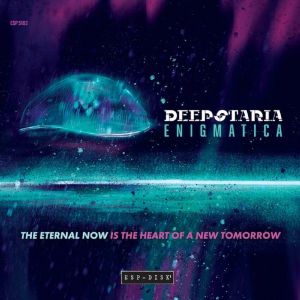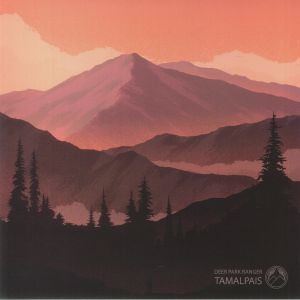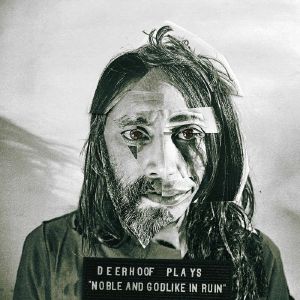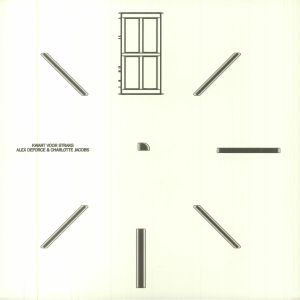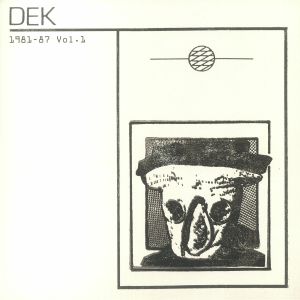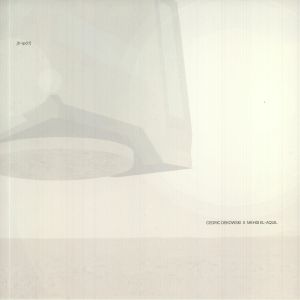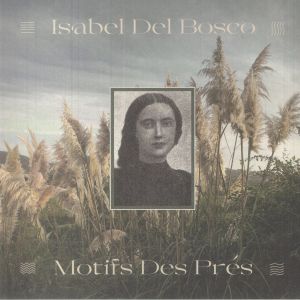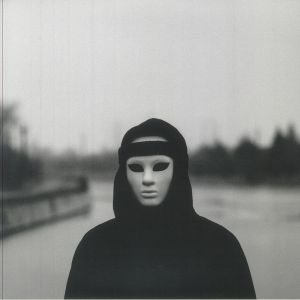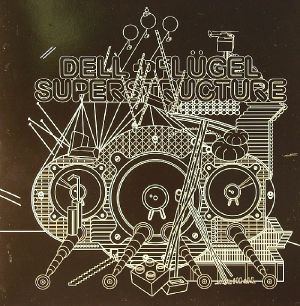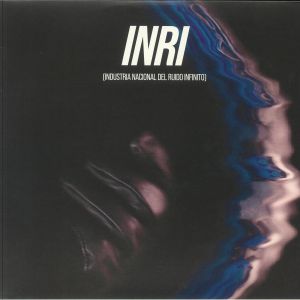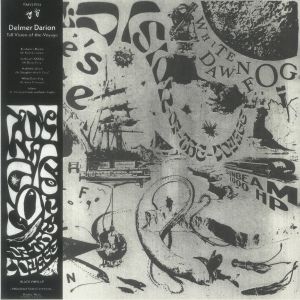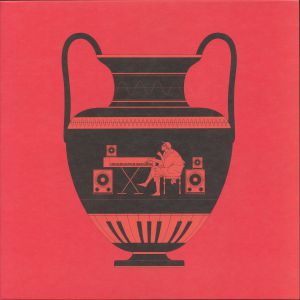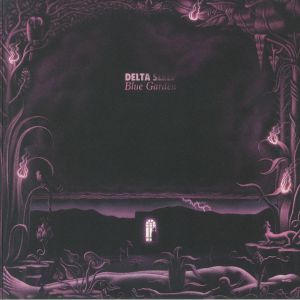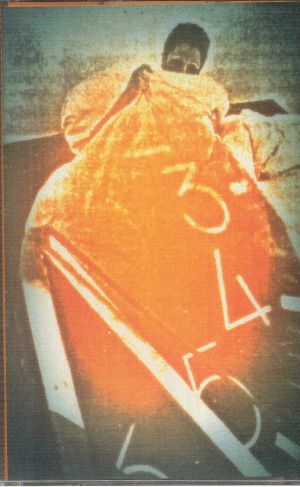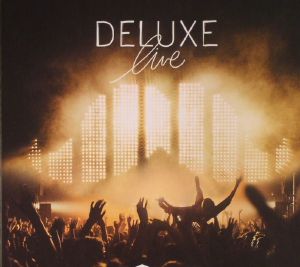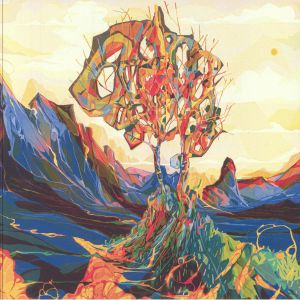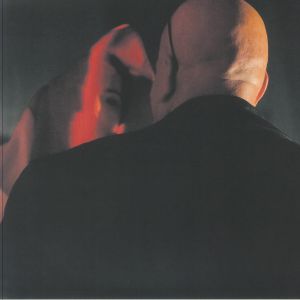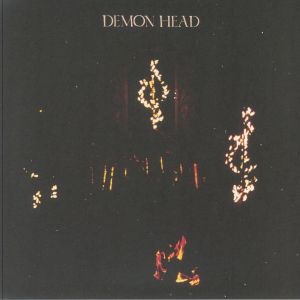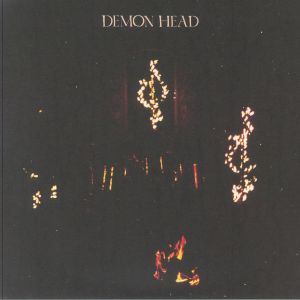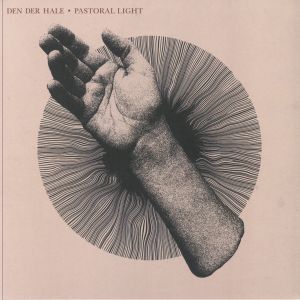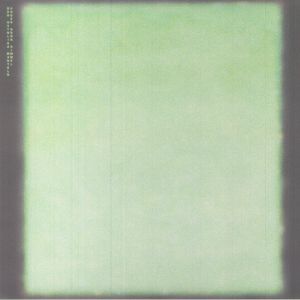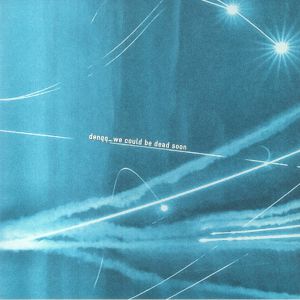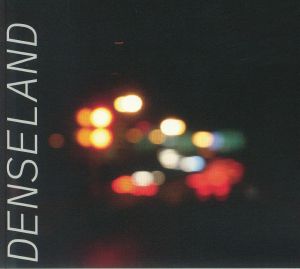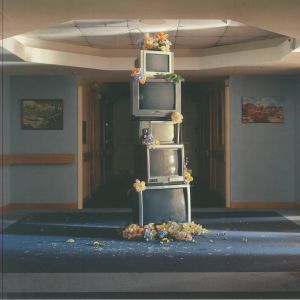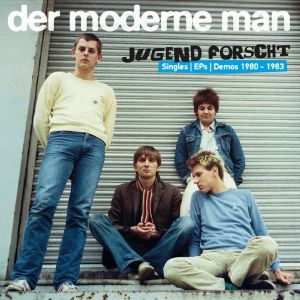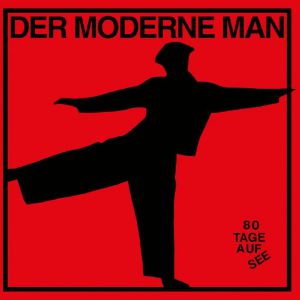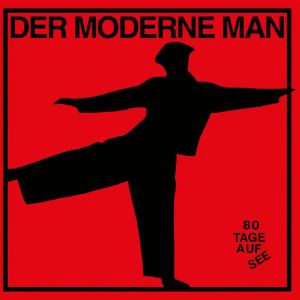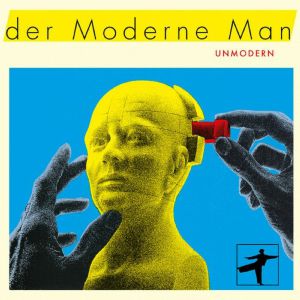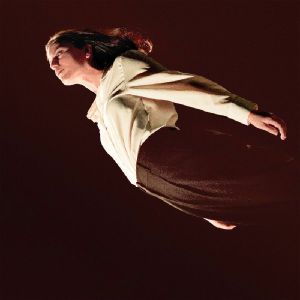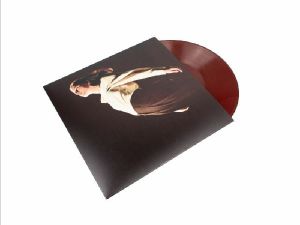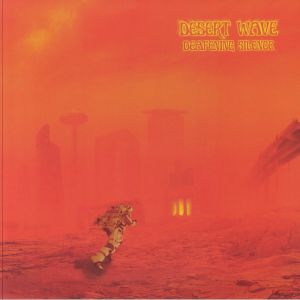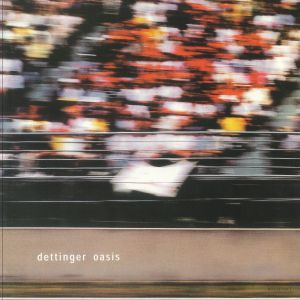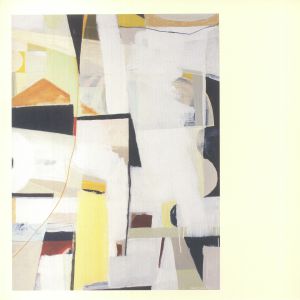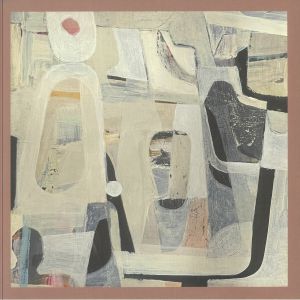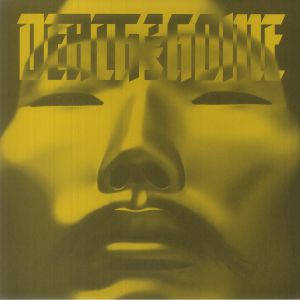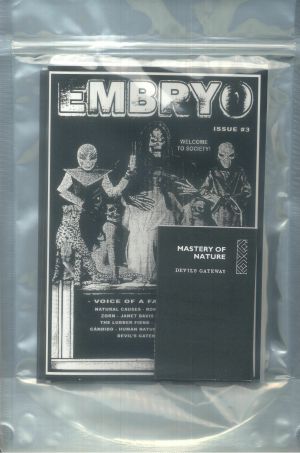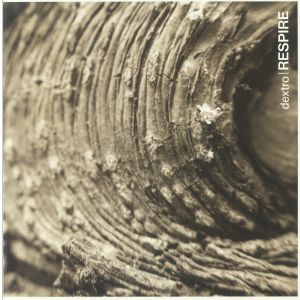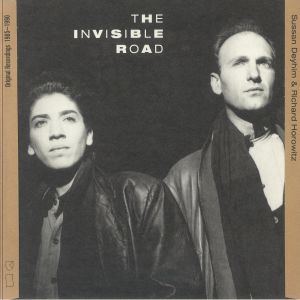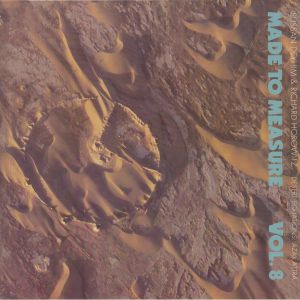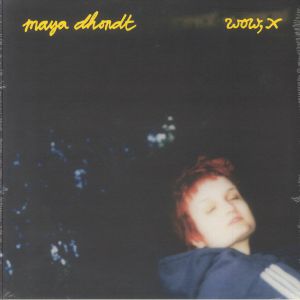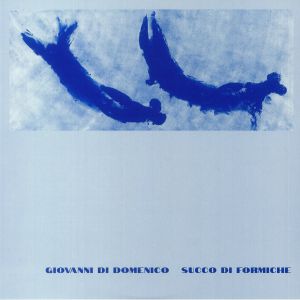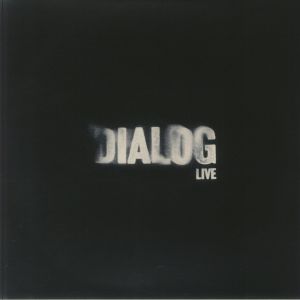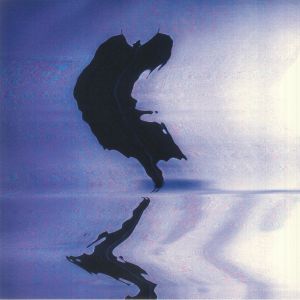Filter
Genre
在庫状況
Release Date
352
Not Forthcoming
6
Today
10
Last Week
16
Last 2 Weeks
31
Last Month
50
Last 2 Months
85
Last 6 Months
151
Last Year
レーベル
Featured
リリースタイトル
値段
タグ
Back catalogue: All genres
Juno's full catalogue of All genres
アルバム
Cat: ESPDISK 5102CD. Rel: 28 Apr 25
Broken Beat/Nu Jazz/Nu Soul
in stock $16.06
Tamalpais (180 gram coloured vinyl LP limited to 100 copies)
Cat: POST 042. Rel: 18 Jan 23
Post Rock/Experimental
in stock $29.10
Noble & Godlike In Ruin ("test tube green" vinyl LP)
Cat: JNR 496LPC1. Rel: 24 Apr 25
Post Rock/Experimental
in stock $27.43
Cat: JNR 496CD. Rel: 24 Apr 25
Post Rock/Experimental
in stock $13.58
in stock $14.40
Played by: Alexis Le-Tan
in stock $24.11
1981-87 Vol 1 (hand-numbered white marbled vinyl LP + booklet + MP3 download code in screen-printed sleeve limited to 200 copies)
Cat: JELO 024. Rel: 18 Apr 23
Post Rock/Experimental
in stock $28.05
in stock $13.58
Motifs Des Pres (hand-numbered 180 gram vinyl LP limited to 300 copies)
Cat: HH 09LP. Rel: 14 Dec 23
Ambient/Drone
in stock $34.63
in stock $19.71
in stock $40.73
Cat: LI 008 (B-STOCK). Rel: 01 Jan 90
Experimental/Electronic
B-STOCK: Record sleeve damaged, product in working order
Review: ***B-STOCK: Record sleeve damaged, product in working order***
Bringing together a joint history that could keep Simon Schama in brogues for the rest of his days, "Superstructure" marks the union of Christopher Dell - author, director of the Institute for Improvisation Technology Insel and, most importantly, World-renowned vibraphone player - and Roman Flugel (aka Alter Ego, Acid Jesus, Soylent Green etc.). The results are predictably awesome. Plundering styles like coked up Vikings, 'Superstructure' flickers into life through the opening title-track, wherein a Jelinek-esque cushion of wing-clipped syncopations and glitch-fed jazz rustle towards a muted conclusion. Preventing any kind of complacency, Dell & Flugel immediately swap scripts, inviting cascading xylophones and throaty breaks for the duration of "Urban Practise"; a sound which is abandoned wantonly for the scattered vibes-drum duet of "Miniaturisation" and the Hancock flirtations of "Wolkenbugel". Dabbling in blue-sky techno on "4 Door Body Cell", hypno-glitch for "Dirty Realism" and jazz-tickled drum & bass "Habitation", Dell & Flugel prove they're jack of all trades, master of, well, most...
… Read moreBringing together a joint history that could keep Simon Schama in brogues for the rest of his days, "Superstructure" marks the union of Christopher Dell - author, director of the Institute for Improvisation Technology Insel and, most importantly, World-renowned vibraphone player - and Roman Flugel (aka Alter Ego, Acid Jesus, Soylent Green etc.). The results are predictably awesome. Plundering styles like coked up Vikings, 'Superstructure' flickers into life through the opening title-track, wherein a Jelinek-esque cushion of wing-clipped syncopations and glitch-fed jazz rustle towards a muted conclusion. Preventing any kind of complacency, Dell & Flugel immediately swap scripts, inviting cascading xylophones and throaty breaks for the duration of "Urban Practise"; a sound which is abandoned wantonly for the scattered vibes-drum duet of "Miniaturisation" and the Hancock flirtations of "Wolkenbugel". Dabbling in blue-sky techno on "4 Door Body Cell", hypno-glitch for "Dirty Realism" and jazz-tickled drum & bass "Habitation", Dell & Flugel prove they're jack of all trades, master of, well, most...
in stock $10.31
INRI (Industria Nacional Del Ruido Infinito) (Special Edition) (translucent blue vinyl LP + translucent blue vinyl 7" + poster)
Cat: MOM 046LP. Rel: 22 Feb 24
Experimental/Electronic
in stock $33.23
Tall Vision Of The Voyage (black & grey splattered vinyl LP with obi-strip)
Cat: PMVXLP 04. Rel: 28 Sep 23
Experimental/Electronic
Review: Talk about taking risks. Delmer Darion's jaw-dropping second album is like no other you'll hear this autumn. Trust us. Taking inspiration from legendary tales like Jules Verne's Voyages Extraordinaires, the record is split into two powerful halves. On the one side, industrial electronica and bewitching vocals meet in this abrasive but beautiful sonic place that owes as much to darkroom pop as it does experimental synth-dom. Blending elements of shoegaze, ambient and doom folk, it's a place thick with mystery and awe, wonder and, to a lesser extent, fear, and one you want to spend plenty of time in. Part two, meanwhile, does away with what small amount of convention was there before, and opts for an 18-minute spoken word masterpiece, rooted in Arthurian lore but at surface level focused on the 1919 sinking of HMY Iolair, off the coast of Stornoway.
… Read more in stock $21.05
in stock $17.23
in stock $26.32
Blue Garden (limited cloudy clear purple & burgandy splattered vinyl LP)
Cat: WAXSBR 112LP. Rel: 24 Oct 24
Post Rock/Experimental
in stock $25.77
in stock $15.24
Live A L'Olympia (2xCD + DVD in hard-back book sleeve)
Cat: CMR 039CD. Rel: 02 Dec 16
Experimental/Electronic
A L'Heure Ou (feat IAM (Akhenaton & Shurikn))
Intro (DVD)
Tall Ground
My Game
Daniel
Mr Chicken
Oh Oh
Blocked
Bonhomme
Petit Frere (feat IAM (Akhenaton & Shurikn))
A L'Heure Ou (feat IAM (Akhenaton & Shurikn))
Wait A Minute (feat -M-)
Baby That's You (feat -M-)
Superman
Shoes
Je Danse Le Mia (feat IAM (Akhenaton & Shurikn) & -M-)
Machistador (feat IAM (Akhenaton & Shurikn) & -M-)
Pony
in stock $19.93
All Paths Diverge (gatefold 180 gram cream vinyl 2xLP)
Cat: PSYCHOBABBLE 136. Rel: 05 Sep 24
Progressive Rock
in stock $36.85
in stock $28.80
in stock $26.32
Through Holes Shine The Stars (heavyweight vinyl LP + booklet limited to 200 copies)
Cat: SVART 345LP. Rel: 19 Sep 24
Metal
in stock $25.48
in stock $22.15
Under Gron Himmel (180 gram translucent purple vinyl LP + MP3 download code)
Cat: CIS 143. Rel: 27 Oct 23
Post Rock/Experimental
in stock $42.39
in stock $24.65
in stock $15.24
A Murmuration Of Capitalist Bees (LP + insert limited to 250 copies)
Cat: EW 23. Rel: 26 Feb 25
Post Rock/Experimental
in stock $28.54
Cat: 62213. Rel: 05 Mar 25
Indie/Alternative
in stock $14.96
Cat: 6220 9. Rel: 24 Mar 25
Indie/Alternative
in stock $14.76
in stock $26.32
in stock $15.51
in stock $14.40
in stock $24.65
in stock $23.83
Cat: CDSTUMM 477. Rel: 06 Apr 23
Broken Beat/Nu Jazz/Nu Soul
in stock $8.59
Review: Dettinger's Oasis, originally released in 2000, is an ethereal symphony of ambient textures and minimal techno. Its unique blend of orchestral elements, effects, and occasional beats creates a captivating and strangely peaceful sonic landscape. Each track offers a hypnotic journey. 'Oasis #2' pulsates with a gentle rhythm, while 'Oasis #3' transforms Balearic melodies into grainy memories. 'Oasis #4' showcases Dettinger's experimental side, merging techno with abstract soundscapes, while 'Oasis 6' infuses dub influences, adding a touch of warmth and groove. The album's appeal lies in his ability to fuse the organic and the electronic. Orchestral swells soar above pulsating synths, creating a sense of drama and allure. The result is a sonic oasis that transports listeners to a realm of serenity and wonder. Fans of Wolfgang's Voigt's Gas project or labels like Mille Plateaux, Staubold, RasterNoton and others may already know this masterpiece, but if you don't, then do not miss this.
… Read more in stock $27.43
in stock $25.48
Played by: Juno Recommends Experimental
in stock $26.04
Review: We live in a vastly different world to the one Aisha Devi presented her last album to. The critically acclaimed DNA Feelings was a dark, ethereal, world-making record, the kind of thing that lures you deeper into incredibly original soundscapes that feel born from theatre as much as rave culture. Five years on, the follow up Death Is Home arrives and picks up where its predecessor left off, opening on the menacing, tense and eerie 'Not Defined By The Visible'. Release information puts this as her most personal record to date, and while we'll have to take that as gospel it's certainly - and remarkably - even more explorative than ever. Tracks like 'Unborn Yet Alive' marry weird choral, twisted art rock, euphoric electronica, and more. 'Lick Your Wounds' is a synthesised opera looking for a new Terminator movie (and hopefully a good one), while 'Azoth Eyes' leaves us in completely unfamiliar territory, closing out with impact that's hard to compare.
… Read morePlayed by: Dogheadsurigeri
in stock $19.93
Embryo Issue #3 (limited cassette + poster + magazine (soundfiles not available))
Cat: EMBRYO 3. Rel: 25 May 23
Metal
Devil's Gateway - "Mastery Of Nature"
Review: Physical pro-printed magazine of interviews and art prints, QR mix from Janet Davis, Tape from Devil's Gateway with O-Card sleeve Art and A3 Poster from Francesco Goats.
… Read more in stock $17.18
in stock $27.70
The Invisible Road: Original Recordings 1985-1990 (LP + booklet)
Cat: RERVNG 15LP. Rel: 07 Nov 24
Experimental/Electronic
Review: Meeting in the wonderfully intimidating and disorienting - not to mention disorganised - chaos of downtown Manhattan in the 1980s, Sussan Deyhim and Richard Horowitz struck up a lifelong partnership emotionally and creatively, sharing in a radical vision of what pop could be if it was allowed to break free from the shackles of major labels obsessed with commercial ambition. Together, people often cite them as both singular - certainly in Deyhim's approach to vocalisation - and yet resolutely abstract and varied, always moving into new territories and exploring the idea of musical languages being written rather than read back and repeated. This collection, pieced together with input from the two masterminds themselves, is wonderfully bizarre and beguiling introduction to their world.
… Read morePlayed by: Alexis Le-Tan
in stock $26.04
Desert Equations: Azax Attra (remastered) (LP + booklet + MP3 download code)
Cat: MTM 8LP. Rel: 04 Mar 22
Experimental/Electronic
in stock $28.26
A Billion Goats A Billion Sparks Fin (orange & purple vinyl LP)
Cat: GOD 106LP. Rel: 28 Mar 24
Punk/Hardcore
in stock $24.49
Wow X (heavyweight vinyl LP limited to 200 copies)
Cat: VNVR 006. Rel: 13 Sep 24
Experimental/Electronic
in stock $24.93
in stock $26.04
Review: Andrew PM Hunt returns once again as Dialect with Atlas Of Green, determinedly expanding the artist's idea-oeuvre with a brand new concept album. The album imagines a young musician named Green, working in a "dawning future era where lost signals and enduring impulses are unearthed from the sediments of technology and time." Its description sounds at once illusive yet still rings out as meaningful, recalling the collective post-apocalyptic utopia outlined in Ursula Le Guin's Always Coming Home; both works deal in themes of recovery, of unearthing old technologies from sedimented layers of workable soil. Green's dozen tracks weave through malfunctioning but still usable scrap metals or "vaporware" of sampled sound, its chirrupy latent folkishness, its sound effects-laden lollops, making up the confluent, but still contingent, cochlear canards of lost - but non-linear and thus still salvageable - time.
… Read morePlayed by: Juno Recommends Ambient/Drone
in stock $29.10
! low stock $19.39
Cat: RAM 116. Rel: 05 Oct 23
Ambient/Drone
in stock $39.07

 USD
USD






